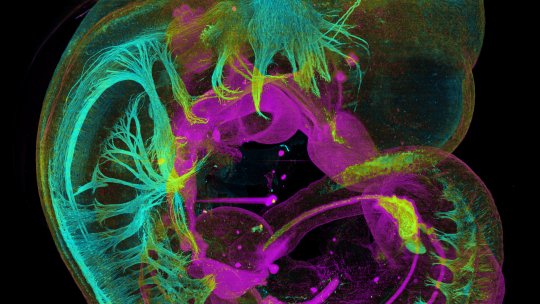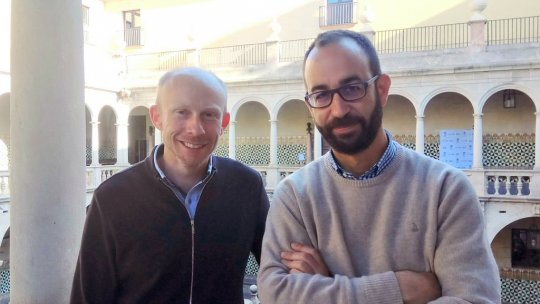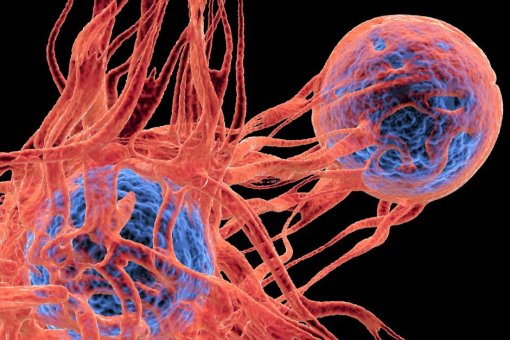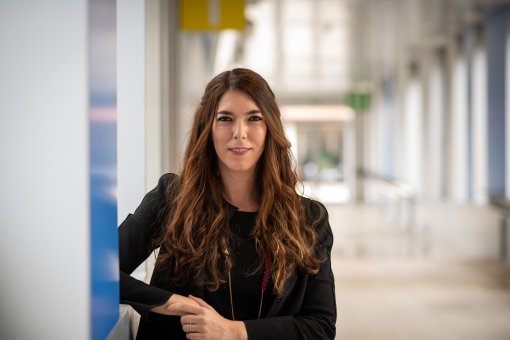Images
Participants
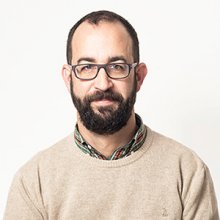
Contact

The European Molecular Biology Lab (EMBL) in Barcelona and IRB Barcelona bring together leading scientists in the conference “Morphogenetic Engineering”, an event supported by the BBVA Foundation.
The merge of various disciplines of developmental biology is key to enhancing our knowledge of tissue development and repair, processes that find their most direct applications in regenerative medicine.
“One day we will be able to re-build damaged organs and keep the whole body fit and healthy. But right now we must strengthen our knowledge of how tissues are built and how they are maintained,” say James Sharpe, Head of EMBL Barcelona, and Marco Milán, coordinator of the Cell and Developmental Biology programme.
Developmental biologists seek to unravel how animals generate and repair their organs and issues. Tissue engineers, on the other hand, endeavour to understand how damaged tissue in the adult organism can be built and repaired. One approach that may help us to understand how to build new tissues is to "learn from the embryo. This view is shared by James Sharpe, director of the European Molecular Biology Laboratory (EMBL) in Barcelona, and Marco Milán, ICREA researcher at the Institute for Research in Biomedicine (IRB Barcelona) and it is the idea underlying the organisation of the Barcelona Biomed Conference entitled “Morphogenetic Engineering”.
From 27 to 29 November, the Institut d’Estudis Catalans de Barcelona will bring together a group of international experts on embryos, tissue morphogenesis, gene regulation and developmental mechanics, organoids, regeneration and engineering. The “Morphogenetic Engineering” meeting is part of the Barcelona Biomed Conference Series, which is organised by IRB Barcelona and supported by BBVA Foundation since 2006, and is the 31st gathering of leaders in biomedicine in this series.
Copying development with 3D mini organs
Organoids—3D mini organs built in the lab—are developmental models that provide a “very good” way to bring these fields together. “Organoids perform simple morphogenetic processes—not in a very natural manner but in a controlled lab environment amenable probing, perturbing, tinkering and engineering,” says Sharpe.
The main question to be tackled by the experts is how tissues and organs can be built. But this question encompasses a series of more specific scientific questions that have not been fully answered to date: How do cells know which decisions to make? How do they use molecular and mechanical cues to know where they are, or which direction they should move? How do large numbers of cells, each with only limited local information, collaborate to create something much larger and more complex than themselves?
The experts explain that many of the state-of-the-art technologies are required to tease out relevant information from model systems, whether these be organoids or “classical animal models such as the fruit fly, zebra fish or mouse,” adds Milán. They give special emphasis to 3D and 3D imaging, multi-cellular transcriptomics, and computer modelling, among others.
Biomedical promises and health
“One day we will be able to re-build damaged organs and keep the whole body fit and healthy,” says Sharpe. He admits that this will take many years of basic biology research along with more translational studies into tissue engineering. “In the shorter term, within the next decade, we should be able to boost the self-healing properties of our tissues, and start to replace and repair small regions of damaged tissue,” he says. Marco Milán adds that, adds that there is a link not only between embryonic development and regeneration but also between the latter and tumour development.
Both researchers agree that the Barcelona Biomed Conference “Morphogenetic Engineering” is an excellent way to reflect on the growing and exciting fusion of ideas and scientific communities.
See conference programme here
Marco Milán, ICREA professor at IRB Barcelona. Head of the “Growth Control and Development Lab” and coordinator of the Cellular and Developmental Cell Biology programme. Using the wing development of the fly Drosophila melanogaster as a model, Professor Milán studies the signalling pathways and genetic circuits required for tissue development, and new pathways involved in regeneration and cancer.
Video Meet Our Scientist - Marco Mián: "Our relative the fly"
James Sharpe is Head of EMBL Barcelona, which aims to study the dynamic interactions of multicellular systems that underlie how tissues build, maintain and fix themselves, how this can go wrong in disease, and how we can learn to build tissues through engineering. His own lab focuses on understanding vertebrate limb development, through imaging, experimental perturbations and computer modelling.
About IRB Barcelona
The Institute for Research in Biomedicine (IRB Barcelona) pursues a society free of disease. To this end, it conducts multidisciplinary research of excellence to cure cancer and other diseases linked to ageing. It establishes technology transfer agreements with the pharmaceutical industry and major hospitals to bring research results closer to society, and organises a range of science outreach activities to engage the public in an open dialogue. IRB Barcelona is an international centre that hosts 400 researchers and more than 30 nationalities. Recognised as a Severo Ochoa Centre of Excellence since 2011, IRB Barcelona is a CERCA centre and member of the Barcelona Institute of Science and Technology (BIST).

